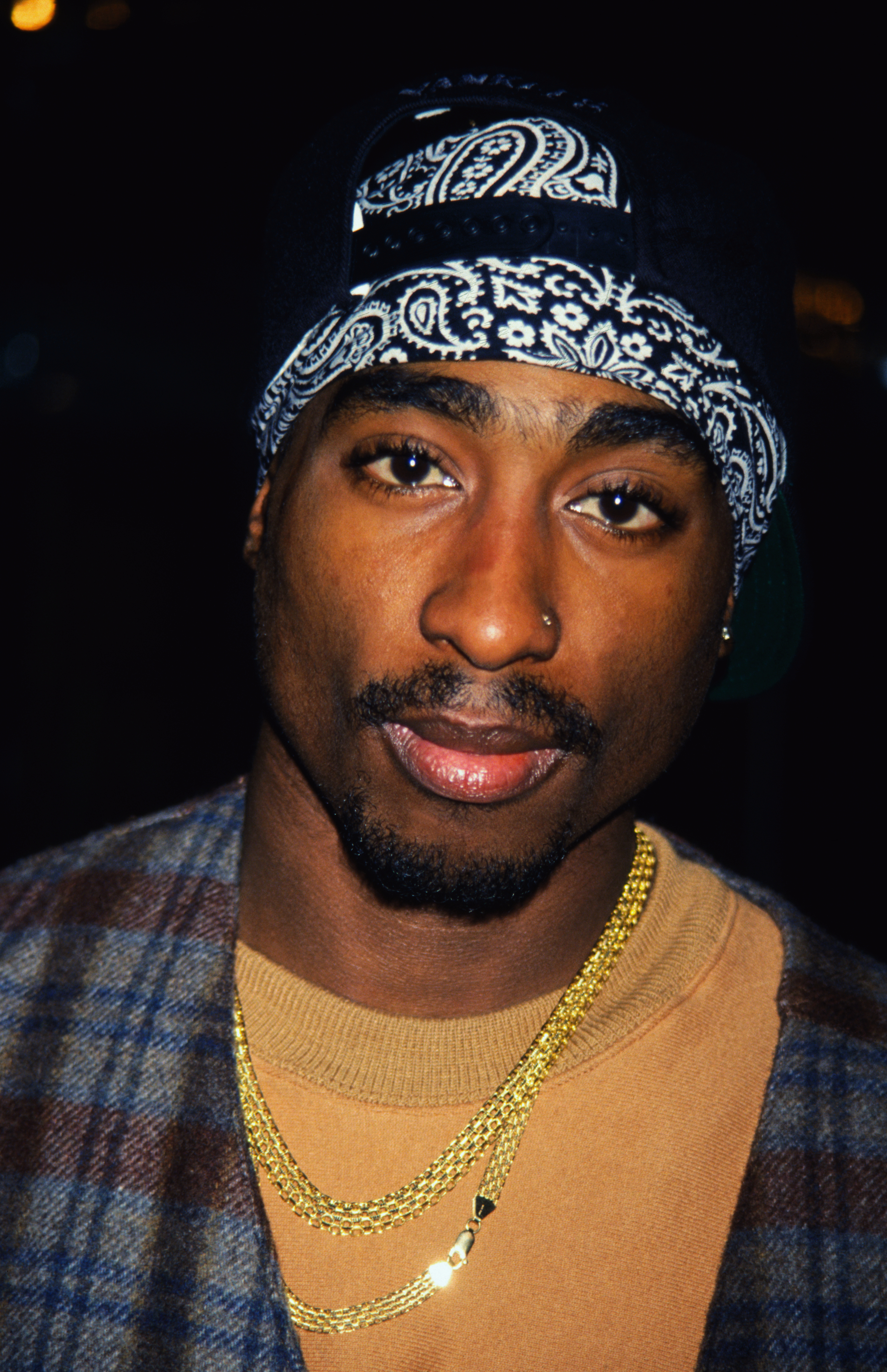
Photo- AI Generated
Prince: The Purple Reign of the 1980s
The 1980s was an era of musical transformation, marked by the rise of pop icons.
15 March 2025
Amidst the glitz of neon lights and the pulsating rhythms of synthesized beats, one artist stood out as a beacon of creativity and individuality, reshaping the contours of popular music. His name was Prince, and his reign in the 1980s was nothing short of revolutionary.
The Early Years and Artistic Autonomy
Born Prince Rogers Nelson on June 7, 1958, in Minneapolis, Minnesota, Prince exhibited prodigious musical talent from a young age. He burst onto the scene in the late 1970s with a self-titled album, showcasing his mastery of multiple instruments and a genre-defying sound that melded funk, rock, R&B, and new wave. Asserting his artistic autonomy from the outset, Prince took charge of writing, producing, and performing the majority of his music.
Purple Rain and Global Stardom
The apex of Prince's career in the 1980s arrived with the release of the seminal album "Purple Rain" in 1984. Accompanied by a film of the same name, it catapulted him to global superstardom and earned him an Academy Award for Best Original Song Score. Featuring hits like "When Doves Cry" and the iconic title track "Purple Rain," the album showcased Prince's knack for crafting irresistibly catchy tunes while pushing the boundaries of sonic experimentation.
The Revolution and Stage Presence
Prince's backing band, The Revolution, played an integral role in shaping his sound during the '80s. Their synergy, combined with Prince's dynamic stage presence, set a new standard for live performances. His flamboyant fashion choices, electrifying dance moves, and virtuosity on stage made every Prince concert a mesmerizing spectacle. The legendary Purple Rain Tour of the 1980s solidified his reputation as a peerless live performer.
Genre-Defying Innovation
Prince's music in the 1980s was a kaleidoscope of sonic exploration, transcending genre limitations. From the funk-infused grooves of "Kiss" to the melodic rock of "Raspberry Beret," he showcased his versatility as a musician. Albums like "1999" (1982) and "Sign o' the Times" (1987) exemplified his willingness to experiment with diverse sounds and themes, pushing the boundaries of what was deemed acceptable in popular music.
Controversy and Cultural Impact
Prince's artistry extended beyond music; he used his platform to challenge societal norms. Tracks like "Darling Nikki" courted controversy for their explicit content, while his androgynous fashion sense blurred conventional gender lines. Prince's embrace of androgyny and defiance of traditional gender roles left an indelible mark on the evolving cultural landscape of the 1980s.
Symbolic Rebellion and Business Savvy
In a bold move in the late 1980s, Prince rebelled against his record label, Warner Bros., adopting an unpronounceable symbol and becoming known as "The Artist Formerly Known as Prince." This act symbolized both a rebellion against industry constraints and a strategic manoeuvre to gain greater control over his music. It showcased Prince as not just a musical genius but a shrewd and independent-minded artist. His impact on the music industry, from his innovative recording techniques to his unapologetic individuality, laid the groundwork for artists seeking to break free from conventional norms. Inducted into the Rock and Roll Hall of Fame in 2004, Prince solidified his status as a trailblazer in the annals of music history.

:upscale()/2023/03/23/082/n/1922283/tmp_l3Uy3B_b9fafc3529305811_GettyImages-1340141245.jpg)




